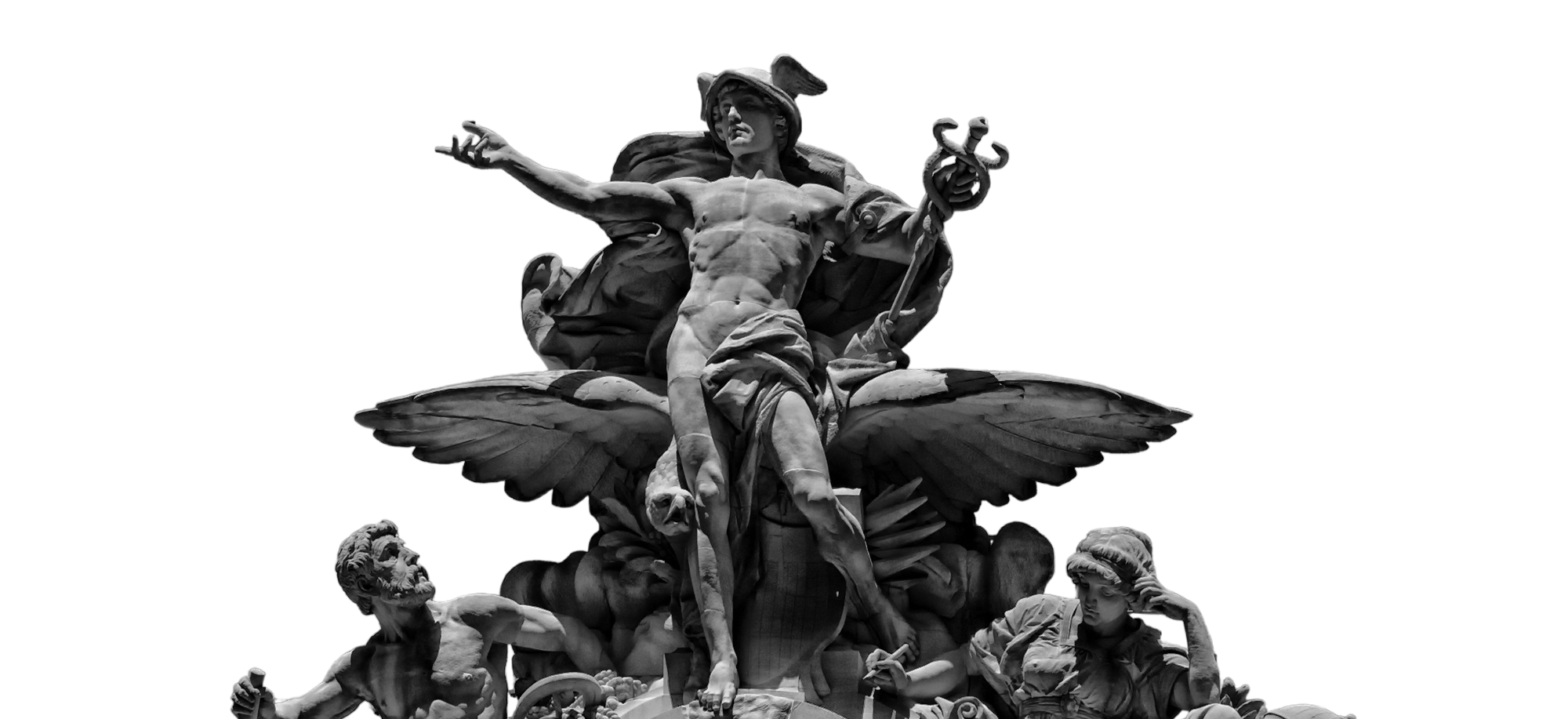Economics of Valentine's Day

Valentine's Day, celebrated annually on February 14th, is more than just a romantic tradition—it’s a significant economic event.
In 2025, with the holiday just past, the financial impact of this love-filled day continues to shape markets, consumer behavior, and industries worldwide.
The National Retail Federation (NRF) estimated that U.S. spending for Valentine's Day in 2024 reached approximately $25.8 billion, a figure likely to have grown in 2025 as inflation and consumer confidence adjust.
The average American spends over $190 on gifts, dining, and experiences, with popular purchases including flowers, jewelry, chocolates, and greeting cards. This surge in demand creates a ripple effect across multiple sectors.
Florists, for instance, see roses—symbolizing love—account for nearly 70% of their February sales, often imported from countries like Colombia and Ecuador, boosting global trade.
Restaurants and entertainment venues also cash in, with couples dining out or attending events driving a 15-20% increase in revenue compared to typical days.
Meanwhile, e-commerce thrives as last-minute shoppers turn to online retailers, with companies like Amazon and Etsy reporting spikes in sales of personalized gifts and romantic novelties.
The rise of "self-love" spending has further expanded the market, with single individuals treating themselves to spa days, luxury items, or solo travel, diversifying the economic footprint.
However, the economics of Valentine's Day isn’t all rosy. Critics argue it’s a "Hallmark holiday," fueled by aggressive marketing that pressures consumers into spending. Small businesses face intense competition from corporate giants, and supply chain costs—especially for perishable goods like flowers—can erode profit margins. Additionally, the post-holiday slump often leaves retailers with excess inventory, particularly of seasonal items like heart-shaped boxes.
In 2025, as economic conditions evolve, Valentine’s Day remains a fascinating case study in consumer psychology and market dynamics. It’s a day where love meets lucre, proving that romance, whether celebrated or commodified, keeps the wheels of commerce turning.

Member discussion